
Why Do Button-Down Shirts Have Loops on the Back?
Why Do Button-Down Shirts Have Loops on the Back?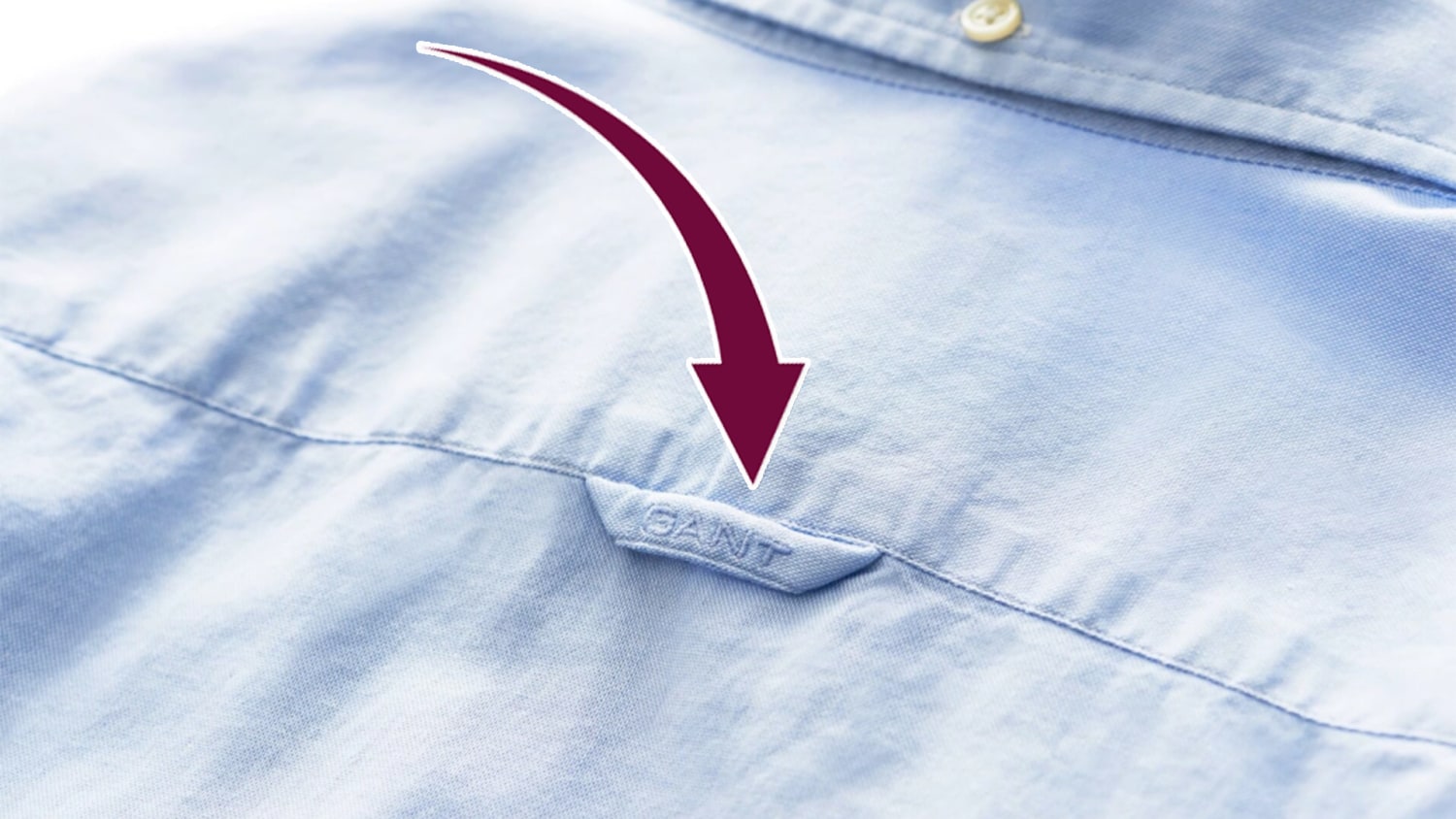
The button-down shirt has remained a classic staple in wardrobes for decades. But if you’ve ever noticed a small fabric loop on the upper back of one, you may have wondered what it's for. Often called a “locker loop,” this simple detail has a surprisingly rich history—blending practicality, collegiate style, and even a touch of romance.
The Practical Origins of the Locker Loop
The roots of the locker loop trace back to the U.S. Navy. Sailors, often working in tight quarters with limited storage, needed an easy way to hang their shirts. The solution? A loop sewn into the back yoke of their uniforms, allowing them to hang shirts on hooks without wrinkling the fabric.
This utilitarian detail eventually made its way into civilian fashion in the mid-20th century, where it took on new life—and meaning.
The Ivy League Influence
The clothing brand GANT is widely credited with popularizing locker loops in the 1960s. Marketing them as a solution for Ivy League students who wanted to keep their shirts wrinkle-free in cramped gym and dorm lockers, the loops quickly became a signature feature of preppy fashion.
Beyond their functional use, these loops also took on social meaning. On many college campuses, removing your locker loop was a quiet way to signal that you were in a relationship. Girls, in turn, would sometimes wear their boyfriend’s scarf or sweater. At the same time, playful students would yank locker loops off shirts as a flirty gesture—though this sometimes left behind a torn shirt and a frustrated owner.
Symbol of Style and Tradition
As Ivy League style spread into mainstream fashion, locker loops became a mark of quality and good taste. Major brands like Sero, Creighton, Eagle, and others followed GANT’s lead, each offering their own version of the detail. Athletes wore them during games, and stylish young men embraced the loops as a subtle nod to collegiate tradition.
Today, while modern wardrobes rarely require hooks for hanging shirts, the locker loop still appears on shirts from brands like Ralph Lauren and J.Crew—less for function, more for fashion. It’s become a nostalgic design feature, a quiet tribute to the shirt’s history.
Locker Loops as a Style Choice
While no longer essential, locker loops remain a customizable design element. For those with a preference for clean lines or minimalism, a tailor can remove the loop entirely. Others might choose to add one to give their shirt a vintage touch or a more classic, Ivy League vibe.
Whether it's a subtle fashion statement, a conversation starter, or a nod to naval and collegiate history, the locker loop is a reminder of how even the smallest details in clothing often carry big stories.
So the next time you slip on a button-down shirt, take a moment to notice the tiny loop at the back—it’s a small piece of fashion history hanging right behind you.
News in the same category


Scientists Stunned By Space Station Bacteria That’s Never Been Seen On Earth
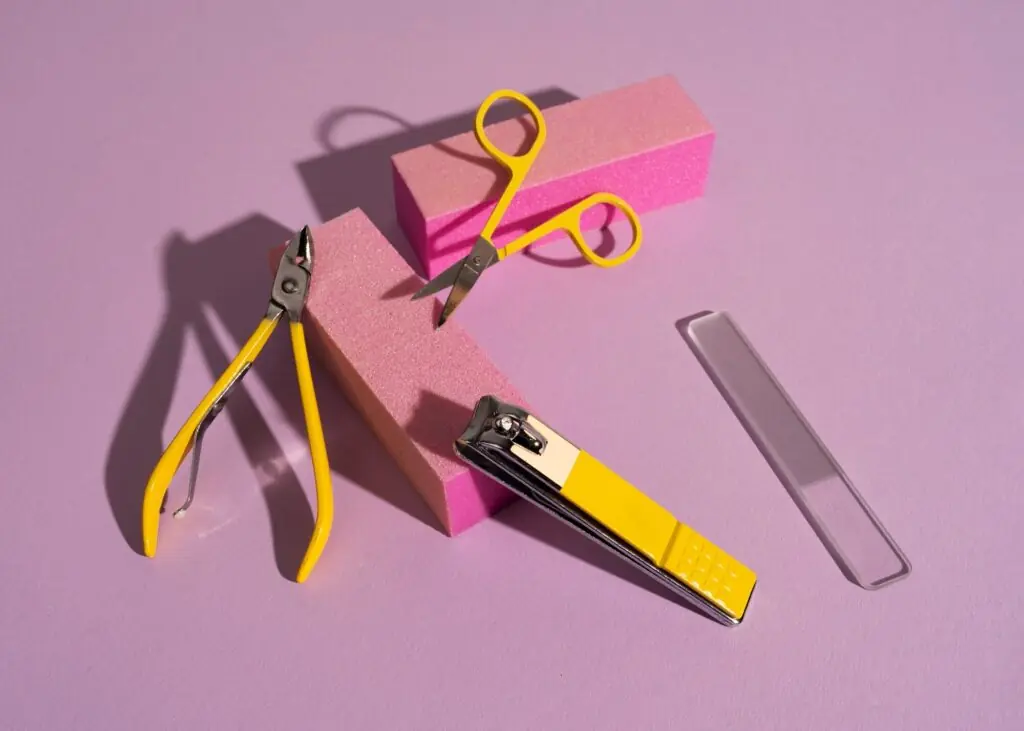
The “Small Round Hole” On The Nail Clipper Has Special And Powerful Uses, And I Had No Idea

300,000 Americans on Alert as Massive 11,000-Foot Volcano Shows Signs of Imminent Eruption

Supercomputer Delivers Chilling Forecast for Humanity’s Future on Earth

What modern quantum physics now proves, ancient cultures already knew: geometry is not math—it’s memory

Tourists Panic As ‘New Baba Vanga’ Warns Of Disaster Coming In Just 2 Months

Scientists Reveal Images of Potentially City-Destroying Asteroid and Pinpoint Possible Impact Zones

The Overview Effect: What Astronauts Realize After Seeing Earth from Space

Ocean Currents Could Generate 2.5x More Power Than Wind Farms, Study Finds

Inside Super-Kamiokande: The Japanese Neutrino Detector Unlocking the Secrets of the Universe
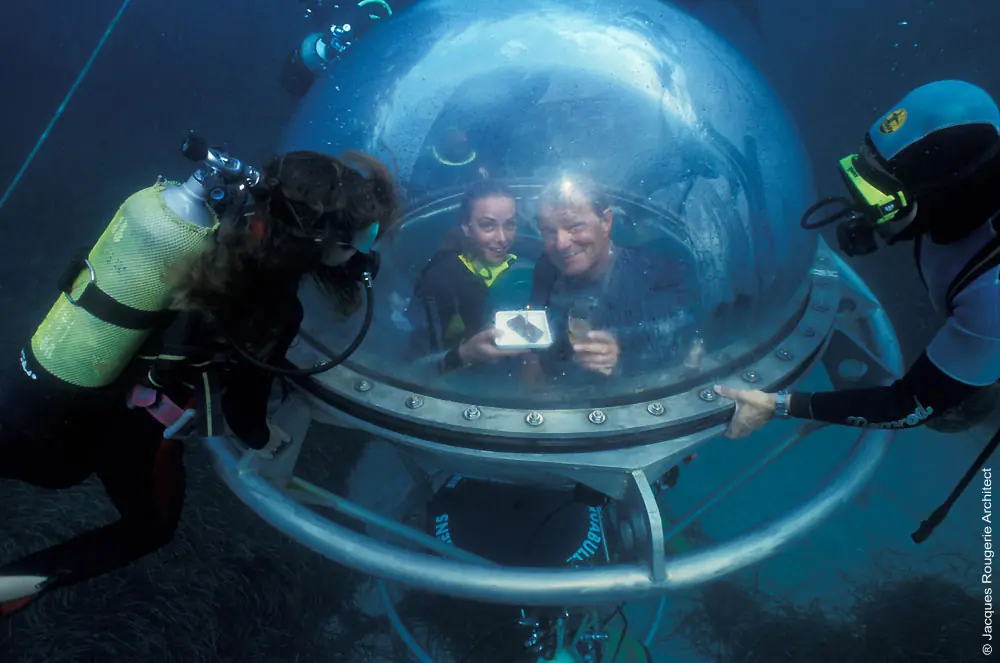
China’s Futuristic Ocean Lab Dubbed ‘Underwater Space Station’ Could Be Ready By 2030

Scientists Shock World By Turning Lead Into Gold — But There’s A Catch

The Real Reason Empire State Building Was Built Using Bricks From A Tiny British Town

James Webb Telescope Uncovers Shocking Update on $10 Quintillion Asteroid Psyche

RFK Jr. Raises Concerns About 5G Health Risks: Brain Function, EMR, and Cancer Link
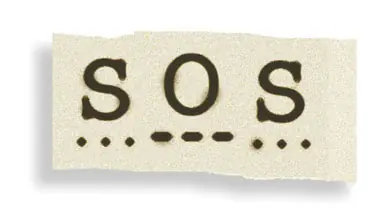
People Stunned After Learning The True Meaning Behind ‘SOS’ — It’s Not What You Think

Scientists Reach Bottom Of The Red Sea — What They Found Left Them ‘Shaken’

Taste The Toxin? Shocking Lawsuit Targets Skittles Over Alleged Toxic Ingredient
News Post

Why You Should Try Placing Aluminum Foil Behind Your Router

6 Hard Truths About Losing a Parent

If You Have Tiny White Bumps on Your Face, Don’t Try to Remove Them!

Harvard Doctor Says No to These 4 Inflammatory Foods

5 Early Warning Signs of Liver Cancer You Should Never Ignore—Even If They Seem Subtle
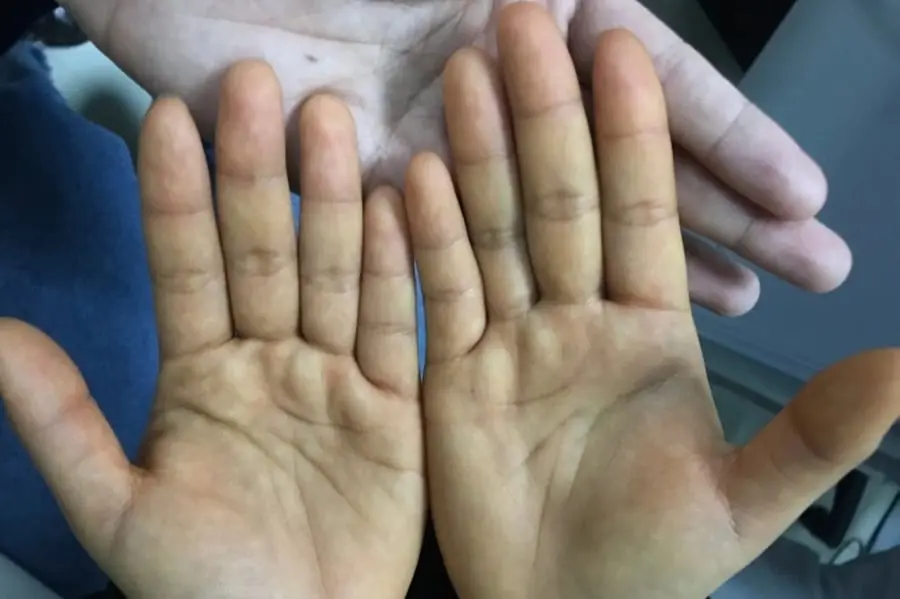
Before Cancer Knocks: 4 Warning Signs in Your Hands and Feet You Should Never Ignore

Silent Signs of Kidney Cancer Many People Overlook

Scientists Stunned By Space Station Bacteria That’s Never Been Seen On Earth

The “Small Round Hole” On The Nail Clipper Has Special And Powerful Uses, And I Had No Idea

Papaya Flowers Soaked in Honey: A Potent Natural Remedy

This Natural Nail Fungus Killer Works Fast: Garlic!

Old Doctor’s Remedy: Almond Milk with Cloves Treats 15 Health Problems in Just 1 Week

The Amazing Health Benefits of Onions: Why This Kitchen Staple Deserves a Spot in Your Wellness Routine

My Daughter Told Me Not to Visit Her Family Again — Days Later, She Was at My Door Begging

300,000 Americans on Alert as Massive 11,000-Foot Volcano Shows Signs of Imminent Eruption
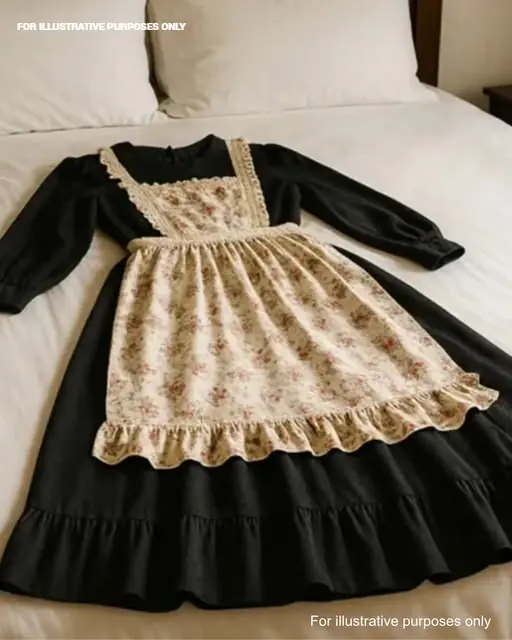
A Week After Moving in, He Gave Me a ‘House Uniform’—He Wasn’t Ready for What Came Next

Supercomputer Delivers Chilling Forecast for Humanity’s Future on Earth

A seven-year-old orphan boy was about to be disconnected from life support machines, but at the very last moment, he whispered a few words.
